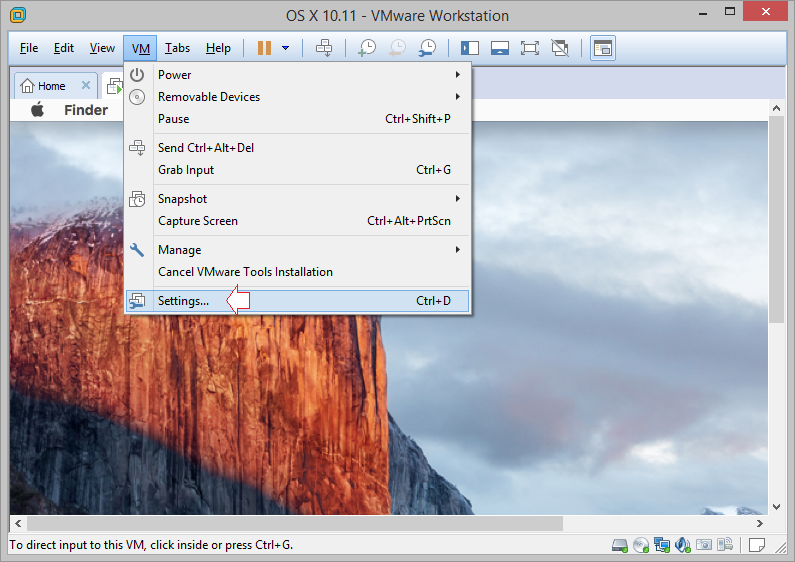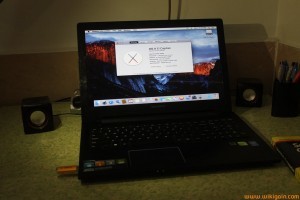


That’s enough for the installation and to install quite a few programs. It means that as Ubuntu needs more space, it will allow the “hard drive” to increase up to whatever size you set at this step.Īs illustrated in the screenshot below, I opted to give Ubuntu 8GB. Keep in mind that because you selected “ Dynamically allocated” in the previous step, that does not mean that VirtualBox is going to take up that space right away. At a minimum, you’ll want to select 6GB – and that will not allow for you to install many programs, let alone store files etc. Use the “ slider” to determine the size you want to make the “hard drive” for Ubuntu. Give the “ VirtualBox Disk Image” a name (again, doesn’t really matter, but descriptive is always helpful).Select Dynamically allocated and yep – you guessed it – click Continue.Now select VDI (VirtualBox Disk Image) and click Continue.On the Hard drive screen, select Create a virtual hard drive now and then click Create.When you’ve decided how much memory (RAM) to give Ubuntu, click the Continue button.

At a minimum, give Ubuntu at 1GB (1024MB) of RAM. The drawback is that OS X will have less to use while Ubuntu is running. The more memory you give to Ubuntu, the faster it will run. As illustrated in the screenshot below, my total RAM is 4GB, so I allocated half of it to Ubuntu, and the other half to OS X. Now you’re going to decide how much memory (RAM) you’re going to allocate to Ubuntu when it’s running, and how much to leave for OS X.Make sure the Type: is set to Linux and the Version: is Ubuntu (64 bit). Give your “ virtual machine” a name (something descriptive is good, but it doesn’t matter).When VirtualBox opens, click the New button. Following is the step-by-step guide for you to install Ubuntu on VirtualBox on Mac OSX:


 0 kommentar(er)
0 kommentar(er)
